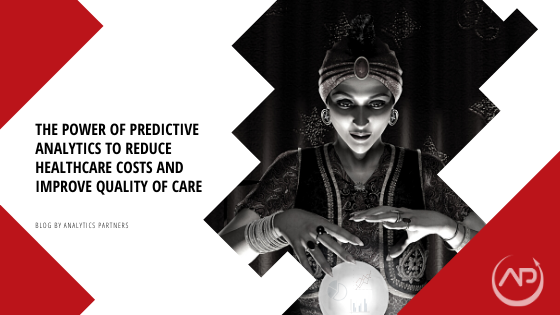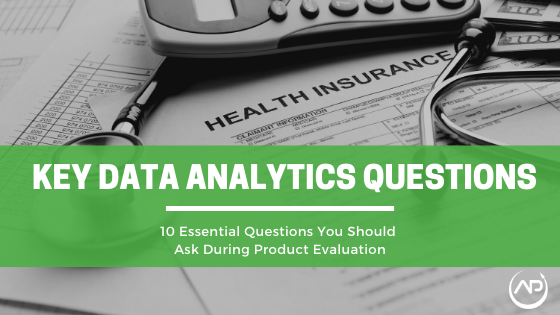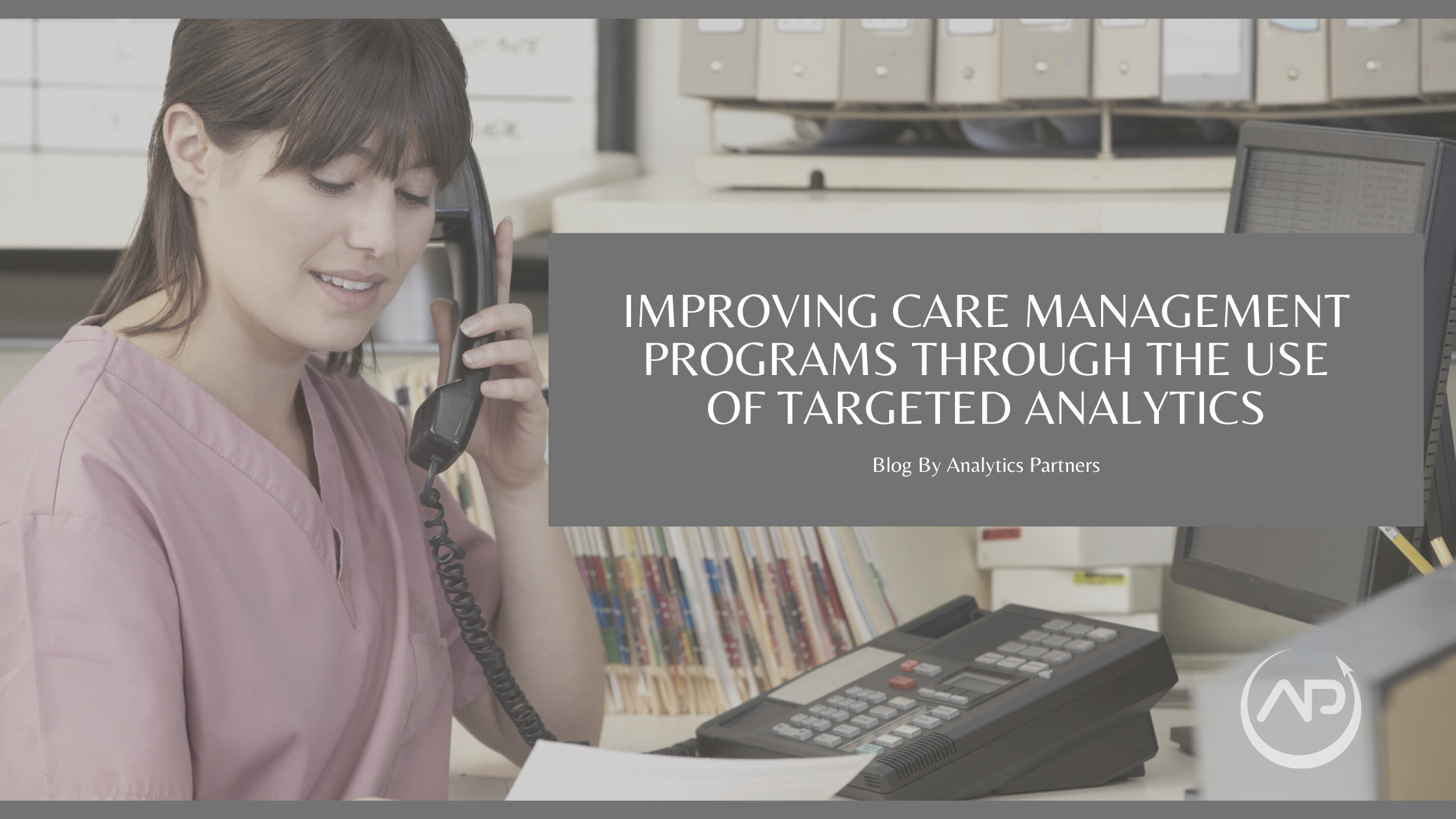
Predictive Analytics has the Power to Reduce Healthcare Costs and Improve Quality of Care
There has been a paradigm shift towards outcome and value-based payment initiatives in healthcare. With this shift, there has been a push towards the utilization of health data and predictive analytics to improve patient care and optimize information processing. From cost savings to risk management, health information technology has been revolutionizing the field of healthcare management.
The Insights Lurking in Those Databases
Healthcare systems are becoming increasingly data-reliant in the midst of this technological revolution. With more access to aggregated data, they are able to analyze it as a whole and derive important insights that allow them to more efficiently allocate resources. Lurking in these databases is information on systemic wastes of resources and health trends of populations. Health systems can track patient outcomes and individual practitioner performance in real-time, and even identify people at risk for chronic diseases.
Reduced Costs for Payers and Providers
In addition to healthcare systems, healthcare payer and provider organizations are employing predictive analytics to optimize their practices. In 2019, 61% of executives used technology within their organizations (SOA). In fact, those who weren’t using predictive analytics in their organizations stated that they plan to do so in the next 5 years.
Of those executives who have been using predictive analytics, 42% reported reduced costs and 39% reported improved patient satisfaction as direct results from implementing data analytics. These executives reported planning to ramp up investment in predictive analytics and are expecting the investment to save them 15% or more over the next 5 years.
One thing payers and providers both agree on is that predictive analytics is important to the future of their business. The two most desired outcomes executives cited – cost reduction and patient satisfaction – were recorded as the top two actual seen results. As 2019 comes to an end with record-breaking data analytics utilization rates, we can only anticipate a steady increase from here.



